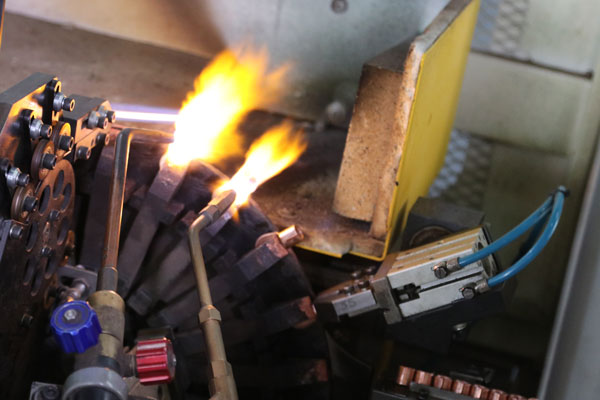In this content, we will present a real case study, where we intend to address the importance of paying attention to the use of low-quality electrical terminals and connectors, as they can result in serious problems in the short, medium, and long term. Thus, all relevant technical information will be presented in a way that shows the impact that the use of inferior quality materials can cause. In this way, the reader can draw their own conclusions about the benefits of using quality materials for electrical installations.
Knowing the tested installation
The installation used in this case study is located in the municipality of Rio de Janeiro (RJ). This installation is responsible for serving a 23-story building, with 20 floors consisting of commercial offices, totaling 630, and three floors of technical areas (machine room, warehouse, etc.).
The electrical installation of the case study is understood from the point of delivery of the concessionaire to the building to the protection downstream of the individual metering of the commercial units, in addition to all the circuits and equipment of the technical and common areas of the building, having an installed load of approximately 2MVA. As for the age of the electrical installation, it can be considered mixed because it has old equipment and others modernized, as it underwent a renovation due to a fire in 2007. The building began its operation in the 1940s, and its installations during the test periods underwent some updates, as they were temporary installations, which is being updated to meet the latest standards of the local concessionaire.
Case presentation
The electrical installation in its entirety, based on historical results, presented after the thermographic tests, an average of eight to 12 failures in equipment and circuits due to electrical defects and existing local conditions. Some of these failures were severe, and their repair took up to two days. These repairs and interruptions caused a great deal of inconvenience, especially in the building and in commercial customers. In other cases, the repair took no more than two to three hours to be solved, but still generated minor inconveniences and losses of lesser intensity.
After the use of the thermographic test, notoriously a predictive test, we began to have records of a customer outage due to a defect in the installation. This defect occurred shortly after the first thermographic test was performed. Despite having been verified in the thermographic test, there was not enough time, or even the resources available for intervention and normalization, and the defect caused a failure two days after its identification.
This case, atypical within our experience, was analyzed with special attention and generated a change in the treatment of the analyzes, increasing its rigor and decreasing its tolerances, as the outage occurred at a hot spot that at the time of the test did not seem or was classified as “so critical”, while other more critical points did not generate outages, before maintenance intervention.
With these measures reviewed in properly installed and the replacement of electrical terminals used, the installation had no more occurrences of failures due to electrical defects in the periods of successive tests, from 2012 to 2015.
Conclusion
We can conclude that the use of material (electrical terminals and electrical connectors) of low quality can have a much greater impact than we can imagine. The costs of repairs and constant maintenance make any savings made on the purchase of electrical terminals with quality standards unfeasible.

